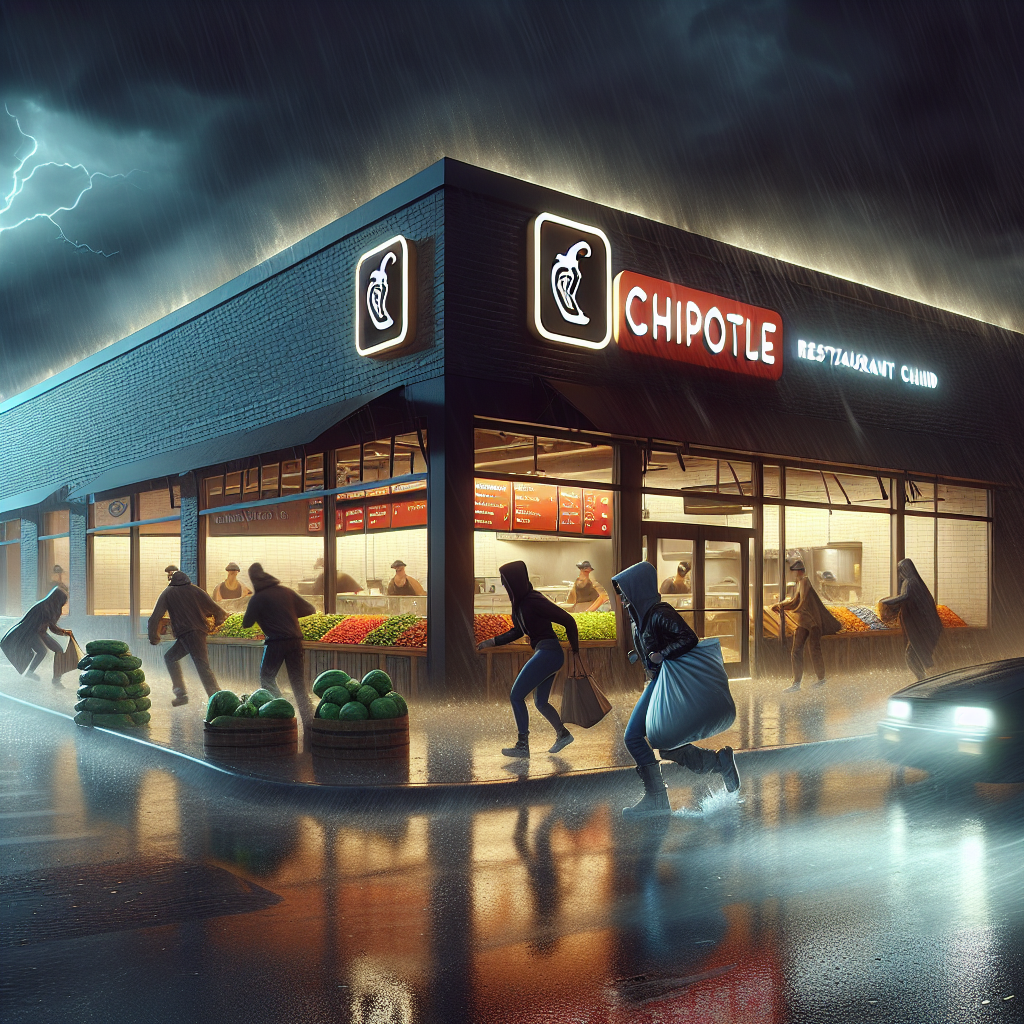Chipotle Faces Stunning Setbacks in Tough Operating Environment

Chipotle has found itself in a challenging operating environment marked by a host of unexpected issues in recent years. From supply chain disruptions to fluctuating labor costs, the fast-casual restaurant chain is facing stunning setbacks that are impacting its operations and profitability. This article delves into the factors contributing to these challenges and what they mean for the company’s future.
The Impact of Supply Chain Disruptions
One of the most significant issues affecting Chipotle is the ongoing supply chain disruptions that have permeated the food industry. Due to the COVID-19 pandemic, many suppliers faced operational halts, which led to shortages in key ingredients. This situation has forced Chipotle to adapt rapidly, sourcing alternative ingredients and sometimes sacrificing quality.
Moreover, transportation issues, rising shipping costs, and geopolitical tensions have further complicated the supply chain. As a result, Chipotle has occasionally had to reduce the variety of menu items available, which may have frustrated loyal customers. The company’s commitment to using high-quality, responsibly sourced ingredients adds another layer of complexity when supply shortages occur.
Labor Costs and Staffing Challenges
In addition to supply chain issues, labor costs have surged, largely due to heightened competition for workers in the restaurant industry. Chipotle has focused on raising wages to attract and retain staff, but these increases come with financial implications. While investing in employees can lead to improved service and customer satisfaction, the rising operational costs pose a challenge to maintaining profitability.
Additionally, staffing shortages have forced some locations to temporarily close or reduce hours of operation, which can alienate customers expecting the consistent service that Chipotle is known for. The ripple effect of these labor challenges extends beyond immediate operational concerns; they can lead to diminished brand loyalty if customers regularly encounter long wait times or subpar service.
Navigating Price Increases
As rising supply chain and labor costs take their toll, Chipotle has had to make the tough decision to increase menu prices. Initially, many customers accepted these adjustments with understanding, attributing them to wider economic trends. However, as price hikes persisted, consumer sentiment began to shift, resulting in some backlash and reduced foot traffic.
Chipotle’s challenge lies in finding the balance between maintaining profitability and keeping the brand accessible to its core customers. Continuous pricing adjustments could alienate price-sensitive diners, pushing them to seek alternatives in a competitive fast-casual market. The company must navigate this delicate balance carefully to avoid sacrificing customer loyalty.
Innovations and Adaptations
Despite the setbacks, Chipotle is not sitting idly by. The company has implemented various innovations and adaptations to overcome these hurdles. One key area of focus has been digital offerings. With the acceleration of online ordering during the pandemic, Chipotle has expanded its delivery and mobile ordering capabilities, improving customer convenience and accessibility.
Moreover, the chain is investing heavily in technology to enhance operational efficiency. From streamlining kitchen processes to improving inventory management, these technological upgrades aim to reduce costs and optimize resource allocation. As consumers continue to prioritize speed and convenience, these adaptations may position Chipotle favorably in the long run.
Sustainability Initiatives
As the fast-casual dining sector becomes increasingly aware of environmental responsibilities, Chipotle is also making strides toward sustainability. The rising demand for eco-friendly practices has prompted Chipotle to emphasize local sourcing and more sustainable ingredients. This focus not only appeals to environmentally conscious consumers but also helps address some supply chain challenges by reducing transportation-related delays.
However, while sustainability initiatives are commendable, they also add complexity to sourcing and pricing strategies, especially when economic pressures are at play. Balancing profitability with sustainable practices demands careful strategizing in a tough operating environment.
Looking Ahead: The Path Forward
As Chipotle navigates these stunning setbacks, the path forward will require innovation, adaptability, and consumer engagement. Addressing supply chain vulnerabilities, managing labor costs, and balancing menu pricing are essential to stabilizing operations and restoring customer confidence.
Moreover, strengthening online platforms, improving customer experiences, and continuing to embrace sustainable practices can help Chipotle emerge more robust in the face of adversity. The restaurant industry’s landscape is ever-changing, and learning to pivot in challenging times could ultimately define Chipotle’s resilience.
In conclusion, while the operating environment poses significant challenges for Chipotle, the brand’s commitment to quality, sustainability, and adaptability will be crucial as it seeks to navigate these tumultuous waters. Continuous evaluation and innovation can transform setbacks into opportunities, potentially leading to a stronger future for the beloved fast-casual chain.

